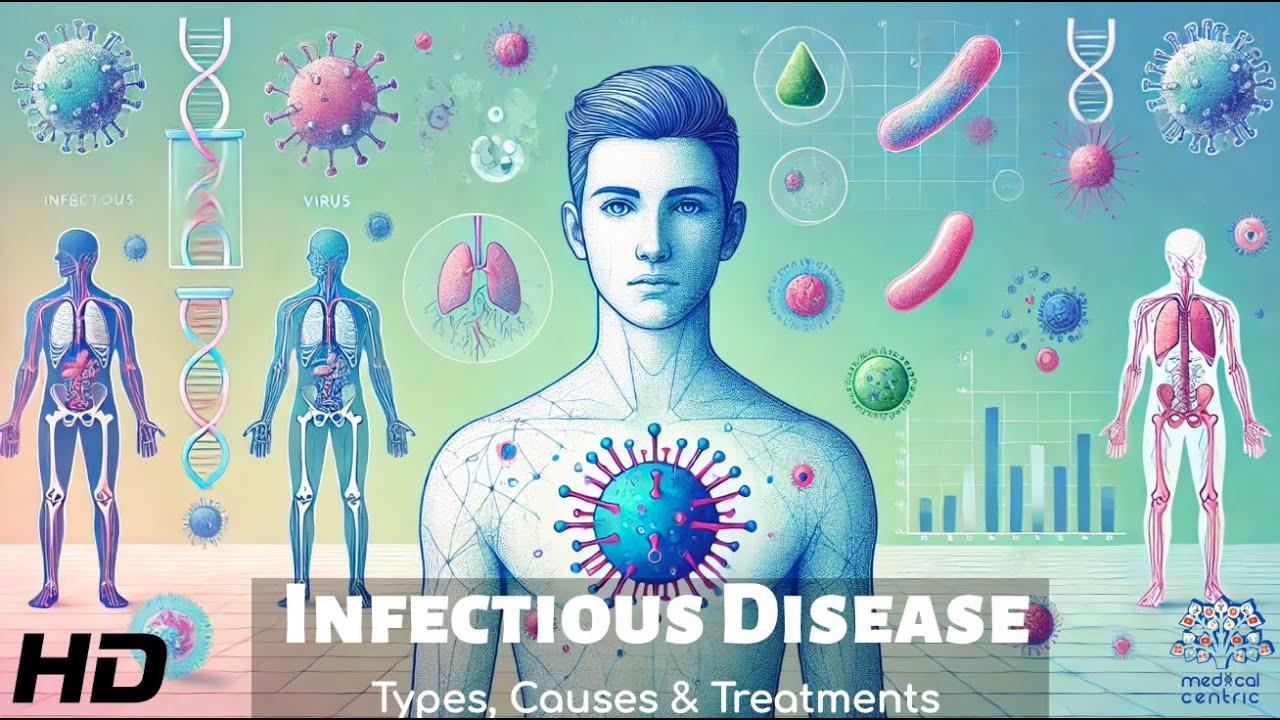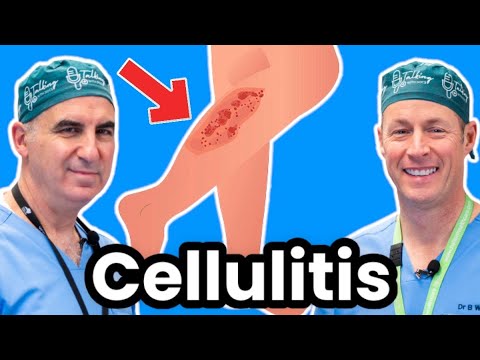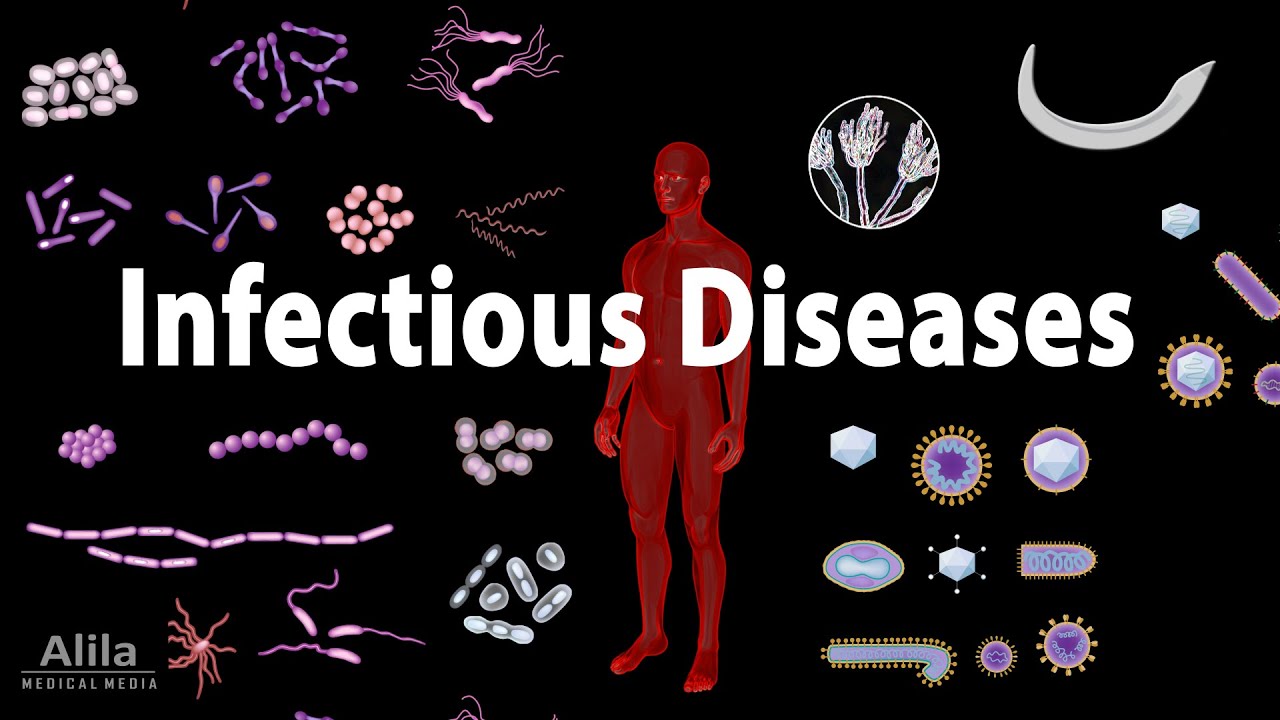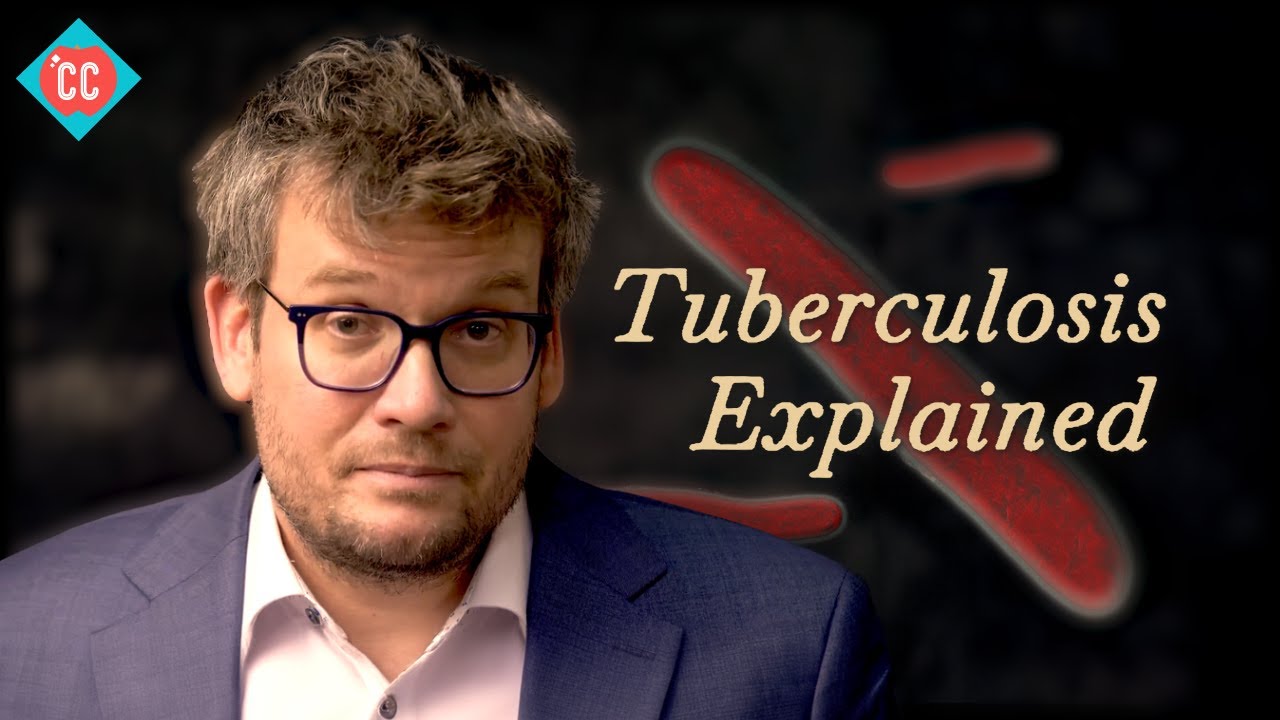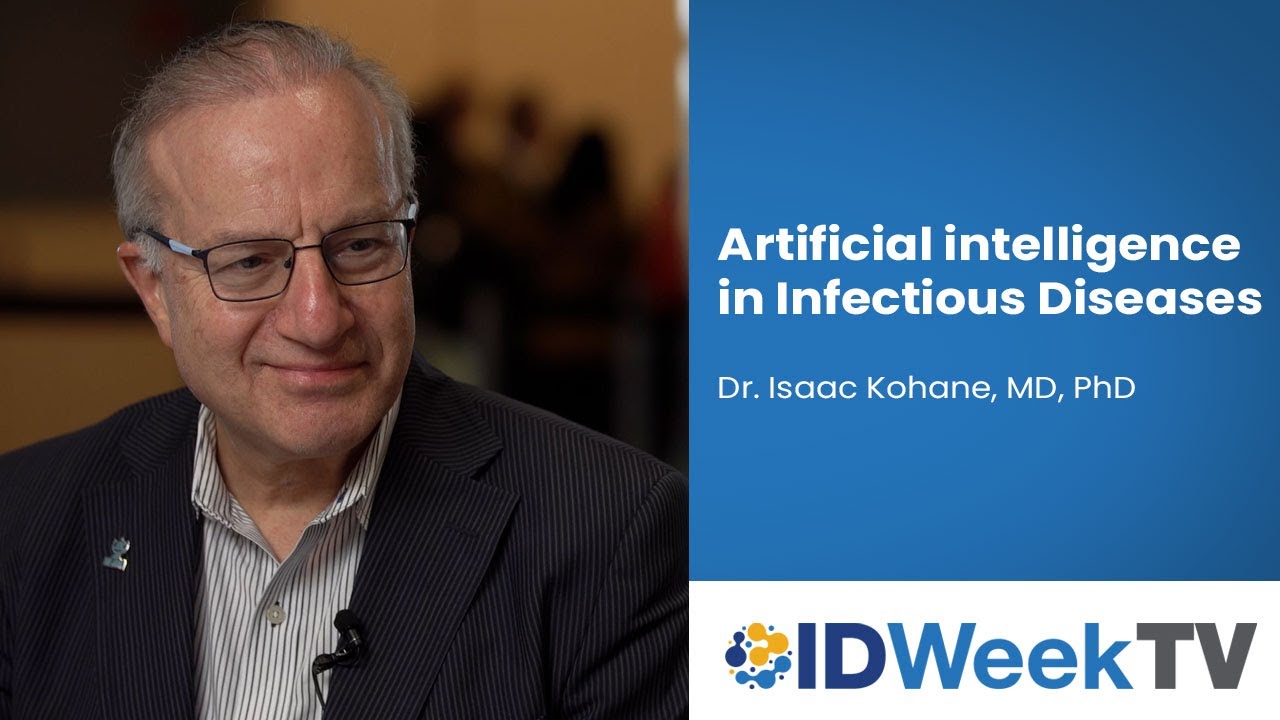Join Michael Hochman, MD, MPH, for the first episode of Updates in Slow Medicine. This installment features a brief examination of recent research regarding non-specific clinical tests and their influence on antibiotic prescribing.
Please click here to read the full Updates in Slow Medicine article.
Links to Referenced Articles:
NEJM Article 1 (CRP testing): C-Reactive Protein Testing to Guide Antibiotic Prescribing for COPD Exacerbations Accompanying NEJM Editorial Article: COPD Exacerbations — A Target for Antibiotic Stewardship Cochrane Library Article: Antibiotics for exacerbations of chronic obstructive pulmonary disease NEJM Article 2 (Procalcitonin testing): Procalcitonin-Guided Use of Antibiotics for Lower Respiratory Tract InfectionAbout the series:
Michael Hochman, MD, MPH, and colleague Pieter Cohen, MD, cofounded the educational series Updates in Slow Medicine where they provide thoughtful commentary on hot topics in clinical practice while applying the principles of Slow Medicine, an idea based on the broader Slow Movement. When applying Slow Movement principles to medicine, the team of physicians are hoping to promote “a thoughtful, evidence-based approach to clinical care, emphasizing careful clinical reasoning and patient-focused care.”
Dr. Hochman studied at Harvard Medical School and is currently a board certified general internist at USC’s Keck School of Medicine. He serves as Director of the USC Gehr Family Center for Health Systems Science and Innovation, where he is also a Clinical Associate Professor of Medicine.
Dr. Cohen is a general internist at Cambridge Health Alliance in Somerville, Massachusetts and Associate Professor of Medicine at Harvard Medical School.
Updates in Slow Medicine, currently published in a weblog-style format on MedPage Today, will now also be a recurring video series on The Doctor’s Channel, featuring Dr. Hochman as host and subject matter expert. The founders of the publication describe the concept of Slow Medicine as:The practice of medicine in which one is careful in interviewing (and examining) patients, careful to balance benefits and harms of diagnostic and therapeutic interventions, slow to intervene when symptoms are undifferentiated, committed to observation as an important diagnostic and therapeutic strategy, and cautious about adopting new diagnostic tests and therapies until the evidence establishes their value.


